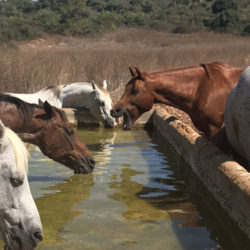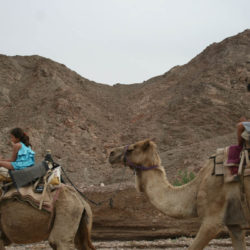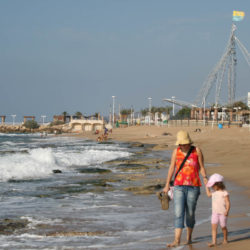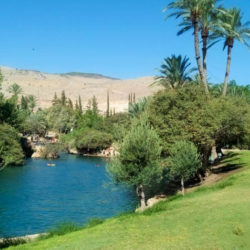T he Hula Nature Reserve and migratory birds.
This is a magical and lifetime experience in an amazing nature reserve, one of the most important places for migration of birds between cold Europe to warm Africa.
A must visit place in the northern part of Israel.
If you want to experience the bird’s migration, the appropriate season is autumn and winter: in the months of January and February, you will see thousands of birds like cranes, pelicans stopping for a rest and feeding before continuing to Africa.
This is a magical and lifetime experience in an amazing nature reserve, one of the most important places for migration of birds between cold Europe to warm Africa.
A must visit place in the northern part of Israel.
If you want to experience the bird’s migration, the appropriate season is autumn and winter: in the months of January and February, you will see thousands of birds like cranes, pelicans stopping for a rest and feeding before continuing to Africa.
35,000 cranes arrive in the autumn months, and about 15,000 of them stay for the winter From April the birds are gone but the park itself has pleasant walkways and views.
You can ride around the lake with tractor-pulled viewing vehicle (the guiding is only in Hebrew), by golf cart (90-minute rental), by bicycle or just by foot.
The park has excellent facilities and friendly staff, that speak English, a theater where you can see a multi-media movie about the migration, complete with moving chairs, puffs of air, and other sensory stimuli. The movie also tells the story of how from a malaria-infested swamp the Israelis have drained the place and converted it to farmland and nature reserve.
You can ride around the lake with tractor-pulled viewing vehicle (the guiding is only in Hebrew), by golf cart (90-minute rental), by bicycle or just by foot.
The park has excellent facilities and friendly staff, that speak English, a theater where you can see a multi-media movie about the migration, complete with moving chairs, puffs of air, and other sensory stimuli. The movie also tells the story of how from a malaria-infested swamp the Israelis have drained the place and converted it to farmland and nature reserve.





